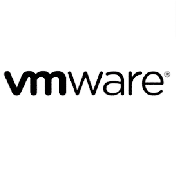Seminarinhalt
Programm
- Understand Generative AI
- Understand Large Language Models (LLMs)
- Identify key components of LLM applications
- Use LLMs for Natural Language Processing (NLP) tasks
- Explore the main concepts of a RAG workflow
- Prepare your data for RAG
- Find relevant data with vector search
- Rerank your retrieved results
- What are multi-stage reasoning systems?
- Explore LangChain
- Explore LlamaIndex
- Explore Haystack
- Explore the DSPy framework
- Introduction
- What is fine-tuning?
- Prepare your data for fine-tuning
- Fine-tune an Azure OpenAI model
- Compare LLM and traditional ML evaluations
- Evaluate LLMs and AI systems
- Evaluate LLMs with standard metrics
- Describe LLM-as-a-judge for evaluation
- What is responsible AI?
- Identify risks
- Mitigate issues
- Use key security tooling to protect your AI systems
- Transition from traditional MLOps to LLMOps
- Understand model deployments
- Describe MLflow deployment capabilities
- Use Unity Catalog to manage models
Zielgruppen
- Data Analyst
- AI-Engineer
- Data-Scientist
Vorkenntnisse
Eventuell sollten Sie zunächst den Kurs AI-900T00 Microsoft Azure AI Fundamentals oder DP-900T00: Microsoft Azure Data Fundamentals besuchen.




